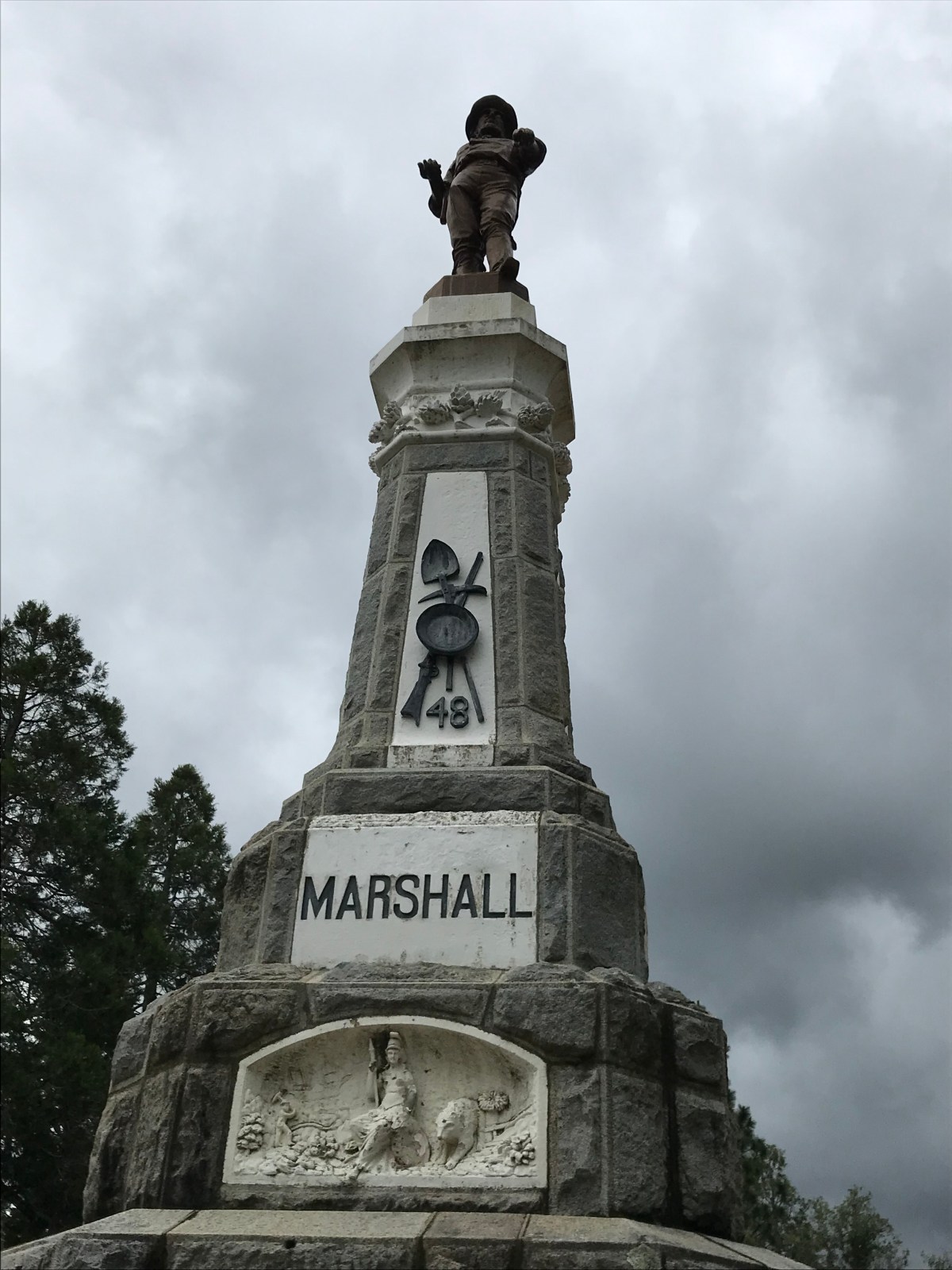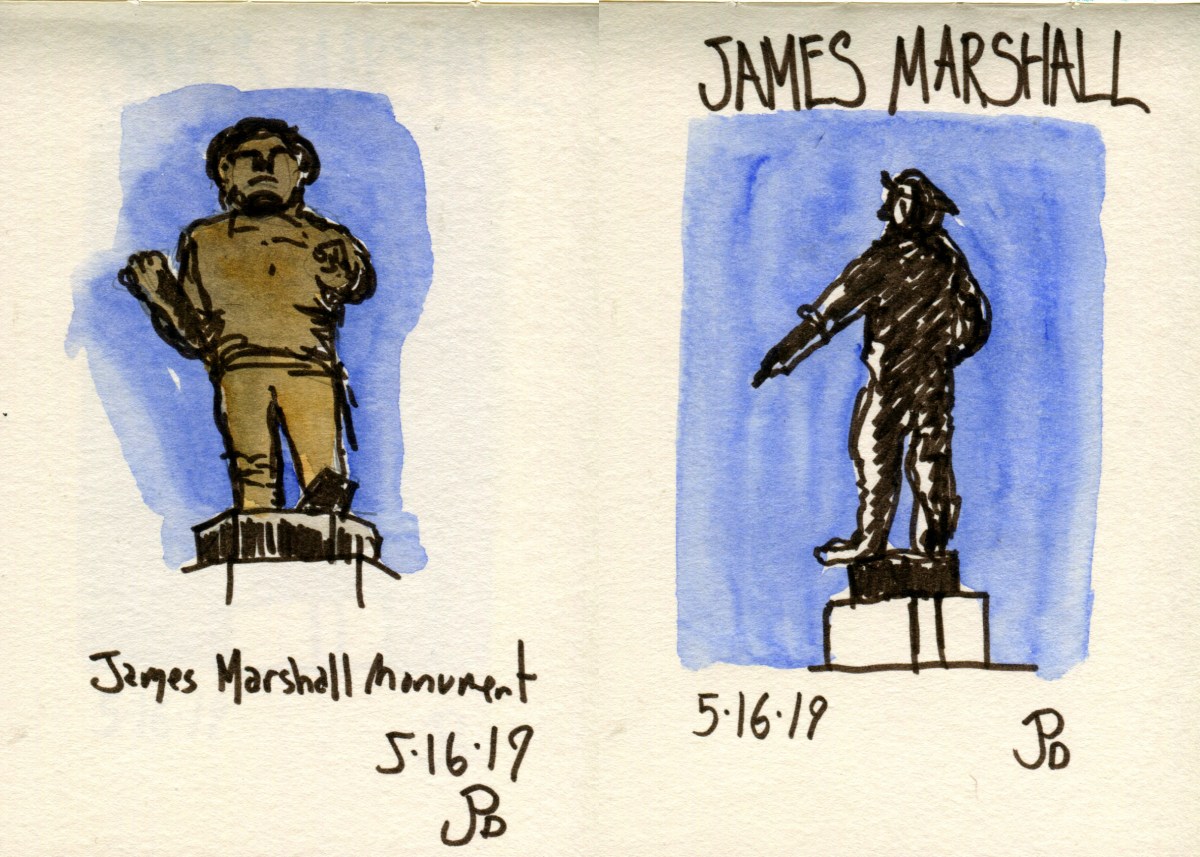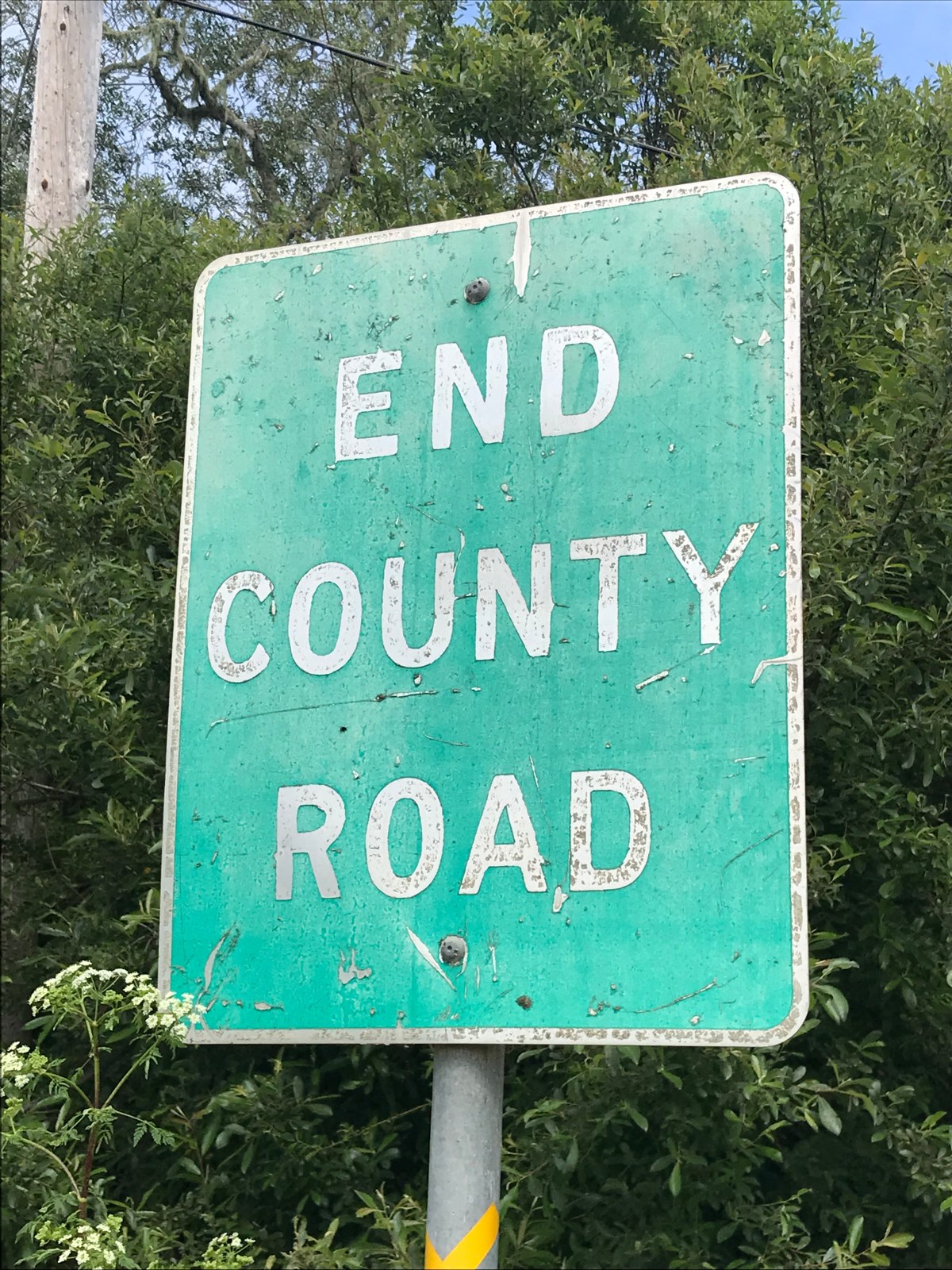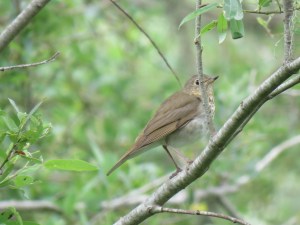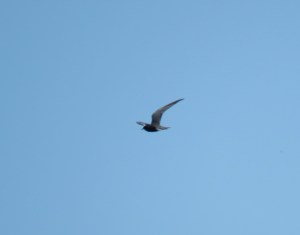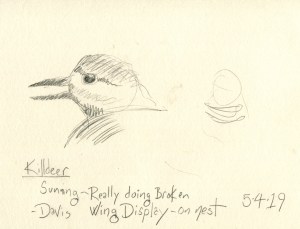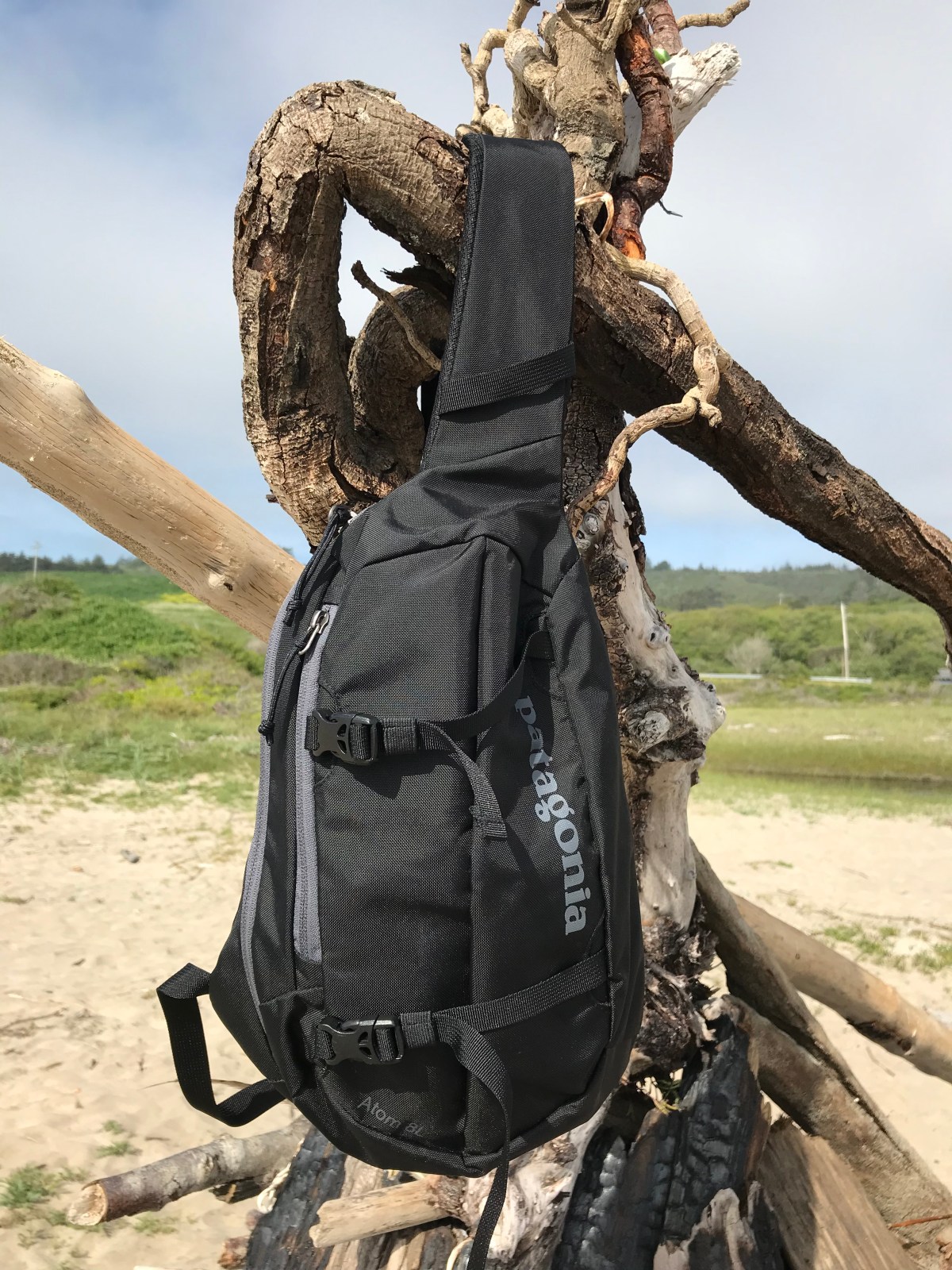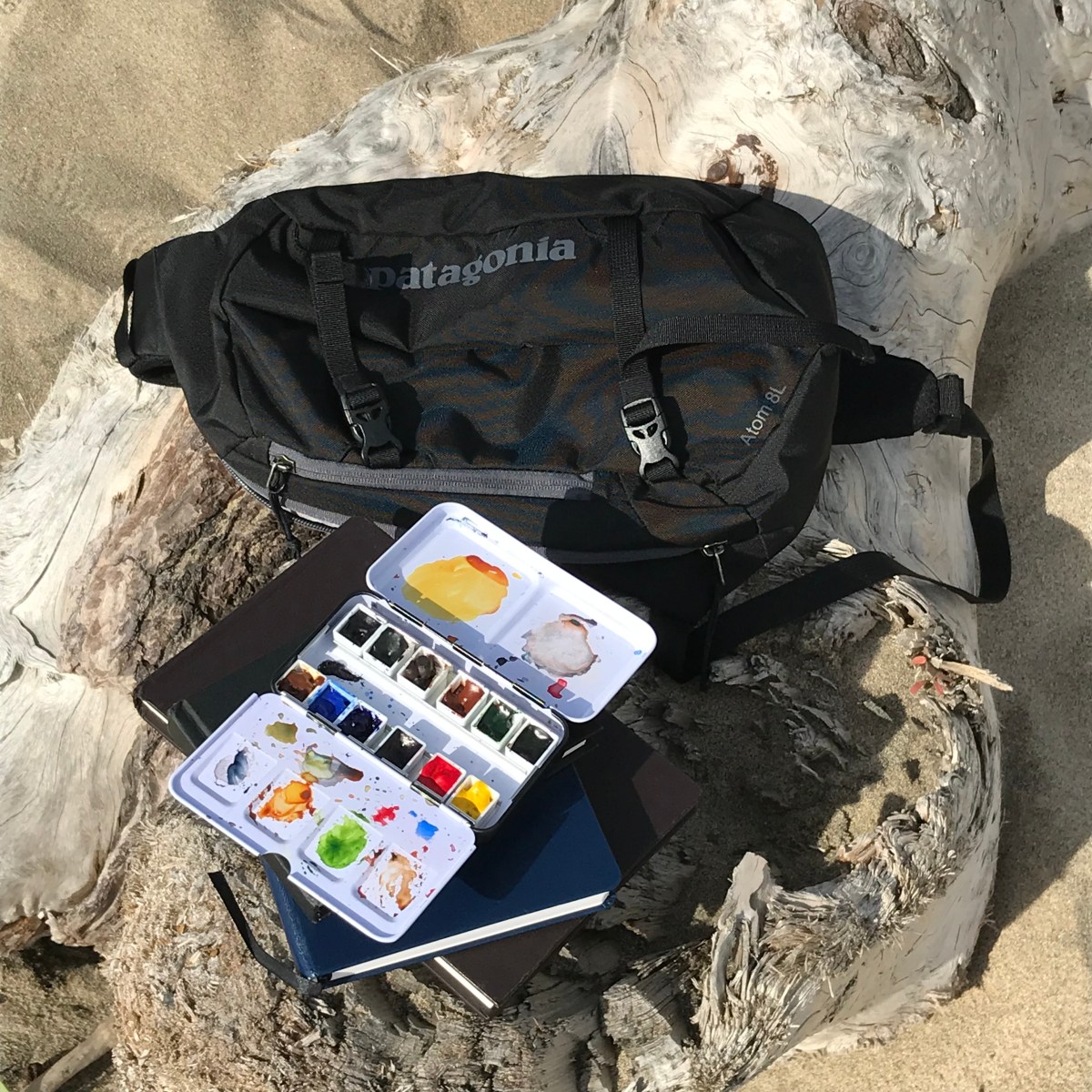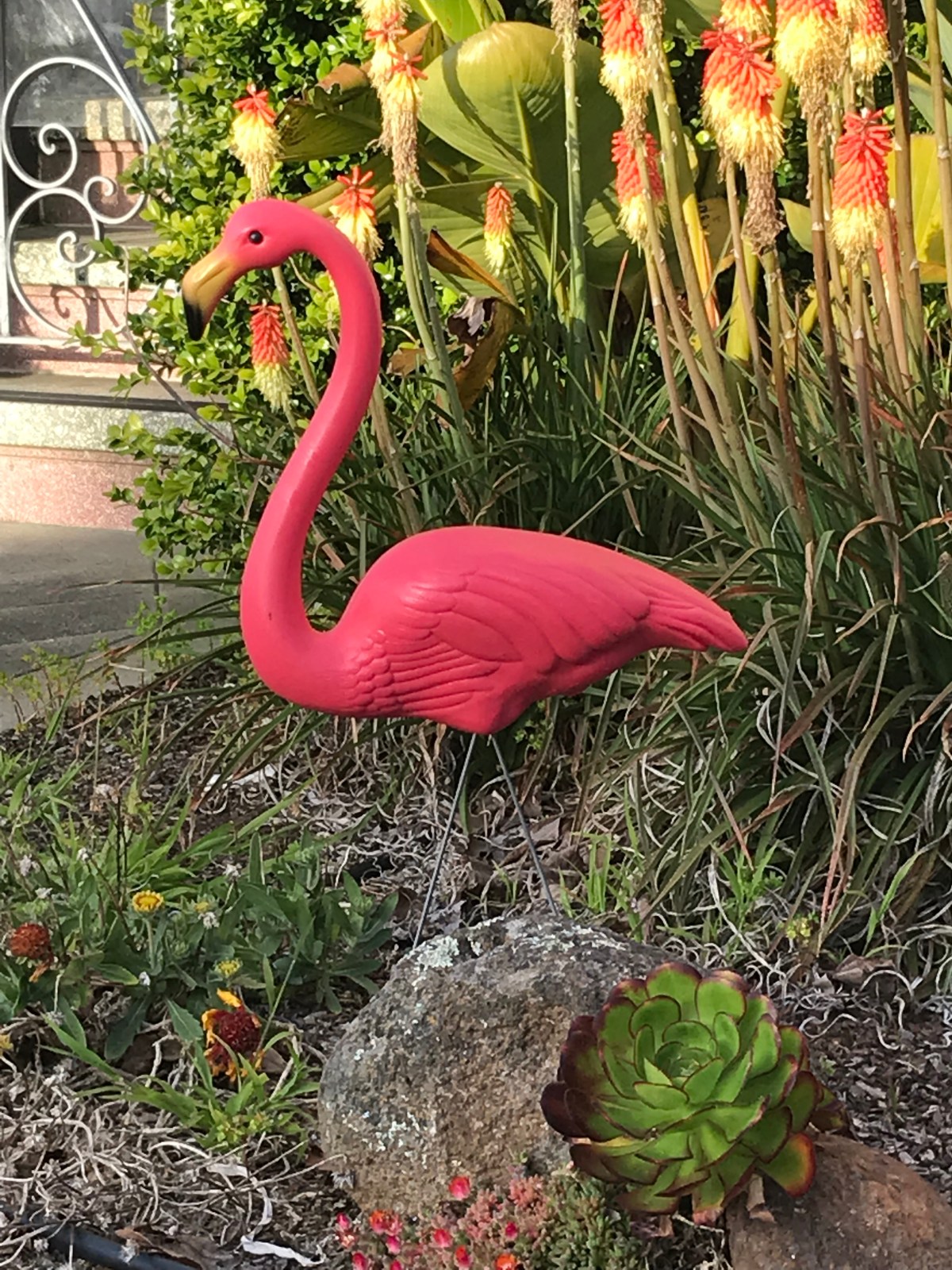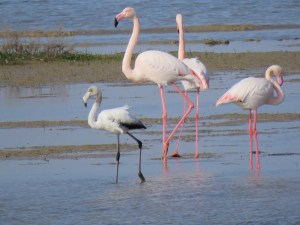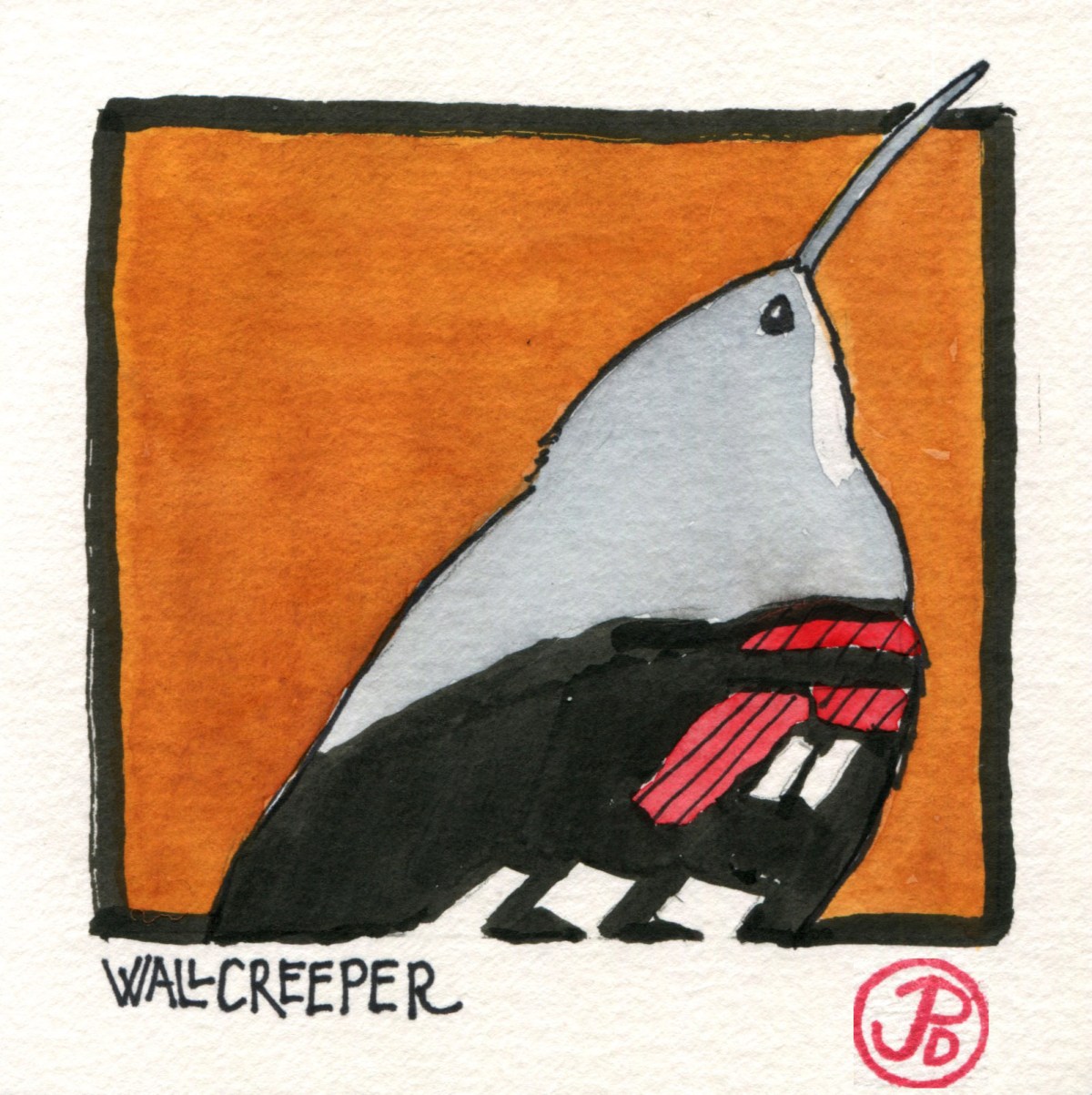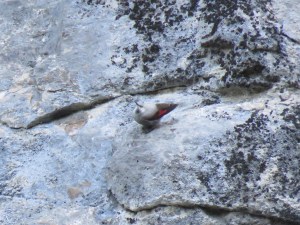Coloma, Ca
This Spring marks my sixth journey to Coloma with my fourth graders.
Here, on the banks of the South Fork of the American River, just upstream from the long gone tailrace where James Marshall discovered gold in January 1848, is the Coloma Outdoor Discovery School (CODS) campus.
Here my fourth graders are on a journey themselves, as they arrive as inexperienced Greenhorns and leave Coloma as seasoned Sourdoughs. This is a powerful experience for my nine and ten year olds and witnessing this change is the reason we keep coming back to the banks of the American River and the Marshall Gold Discovery State Historic Park at Coloma. Our school has been part of this excellent outdoor educational program for the past 27 years!
This Spring we were greeted by very wet weather which was a bit unusual for the middle of May. The American River was in full flow and the long rain season was not done yet. I wondered how my charges would take to the wet conditions. Well like ducks to water was the answer I was soon to find out!
On Thursday, rain was forecast for the afternoon. This was to be our hike day when we head into the State Historic Park and hike up to the Monroe Ridge. There was heavy rain the night before and we had a short window before rain would return again. We would not be hiking up to the Monroe Ridge but we would get a hike in before heavy rain set in.
Our naturalist, Raven, had the keys to the kingdom so we where able go into historic buildings which I had never seen the interior before including the Monroe House, the Thomas House, and the the Coloma school house.

A pervious sketch from June 22, 2016 of the Chinese store and the Coloma school house. It was great to finally be in the inside.

While we didn’t make it up to Monroe Ridge, because of the inclement weather, we did make it to the James Marshall Monument. This 41 foot monument was created to commemorate the man who is credited with starting California’s Gold Rush. The monument was unveiled on May 3, 1890 and the column is topped with a ten foot tall statue of James Marshall. In his right hand he is holding the flecks of gold that he discover in the tailrace of Sutter’s Mill and his left hand is point down to the valley floor near the banks of the American River where he first laid eyes on the gold that made the world rush in to the Coloma Valley.

This monument is a touchstone in my sketching universe. I have sketched this statue many times from different angles and in different conditions. Each time I sketch this statue I learn a little more about it. And there is a certain comfort in sketching the same object over a period of time, in this case six years.

This June 17, 2014 sketch of the James Marshall Monument is noted for a glaring mistake. As I was so focused on the shapes and contours of the monument I neglected to spell the man’s name correctly. He is immortalized in my journal as James Marsall.
The key sketches are quick impressions of the Marshall statue, finished before the first drops of rain signaled a wet but delightful return to the CODS campus.
